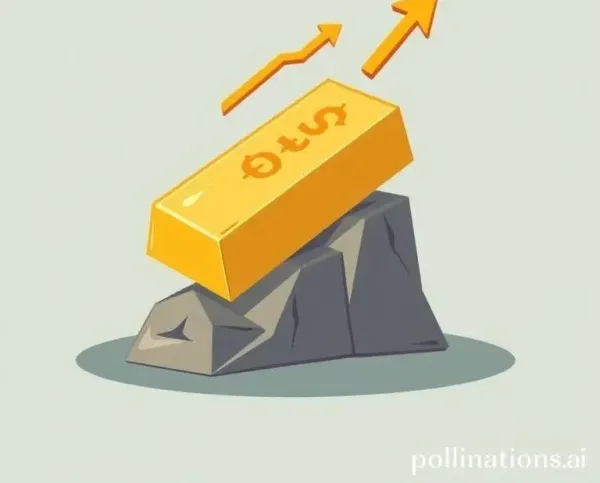Investing 101: A Simple Guide to Smart, Long-Term Financial Growth
Discover the basics of investing for long-term growth with these easy strategies and tips.

Hey there! If you're new to the world of investing, don't worry — you're definitely not alone. Many of us have been or are still in your shoes, figuring things out one step at a time. Investing can seem overwhelming, but with a few key principles, you can start building long-term wealth! Whether you're looking to grow your savings, prepare for retirement, or just want to make your money work for you, you're in the right place.
Why Start Investing?
You might be wondering why you should even bother investing in the first place. Good question! The primary goal of investing is to grow your money over time. Thanks to the power of compound interest, the earlier you start, the better your potential returns could be. By setting aside a little money regularly, your investments could grow significantly, helping you achieve your financial goals.
Understanding Your Investment Goals
The first step in any investment journey is knowing your goals. Are you saving for a house, planning a dream vacation, or preparing for retirement? Knowing what you're aiming for will help you decide how much to invest and where to put your money.

Investing Basics: What You Need to Know
Now, let's jump into some basic concepts that are crucial for any beginner:
- Diversification: This is a fancy word for not putting all your eggs in one basket. By spreading your investments across various asset types (like stocks, bonds, and real estate), you can balance risks and achieve more stable returns.
- Risk Tolerance: Everyone has a different tolerance for risk. It's essential to understand yours so you can choose investments that match your comfort level. Remember, higher potential returns typically involve higher risk.
- Compounding: The real magic in investing comes from compounding, which is earning returns on your returns. Even small amounts can grow significantly over time, especially if you let them be!

Step-By-Step Guide to Getting Started
If you're wondering how to put everything into practice, here's a simple roadmap to guide you:
- Assess your financial situation: Make sure you have an emergency fund and minimal high-interest debt.
- Define your investment goals: What do you want to achieve?
- Choose an investment account: A brokerage account, IRA, or 401(k) could be a great place to start.
- Start automating your investments: Set up automatic transfers to your chosen investment account.
- Stay informed but avoid constant monitoring: It's good to know what's happening, but don't stress over short-term market fluctuations.

Conclusion: Reflect and Adjust
Investing is a journey, not a sprint. As you grow your financial knowledge, don't forget to review and adjust your portfolio as needed. Check-in with your goals regularly to ensure your investments align with them. Remember, every successful investor started where you are now — the key is to keep learning and stay committed to your financial well-being.
What are the first steps you're planning to take on your investment journey? I'd love to hear your thoughts!




